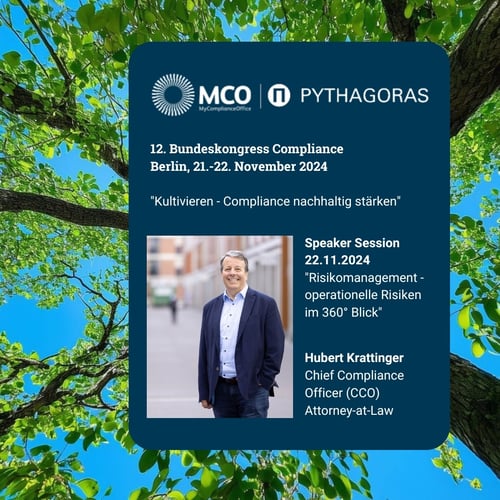Risk Management - Learning from the Silicon Valley Bank Case
In the financial industry, risk management is crucial. Financial institutions face various types of risks that can affect their stability and profitability. Effective risk management is necessary to identify, analyze, and minimize these risks.
The importance of this is evident when we consider the case of Silicon Valley Bank. A classic example of failure in the financial sector's risk management, it involves the identification, assessment, and control of financial risks. The goal is to ensure the long-term security of the institutions.
The Importance of Risk Management in the Financial Sector
Risk management in the financial sector involves identifying and evaluating all risks to which a company is exposed. This includes operational risks such as fraud, IT failures, or compliance violations, as well as financial risks like interest rate changes, credit risks, or currency risks. These risks are thoroughly analyzed and assessed to develop and implement strategies to reduce or control them.
A well-structured and thoughtful risk management system helps financial institutions minimize losses and ensure their financial stability. It enables them to respond to risks in a timely manner, improve profitability, and strengthen the confidence of customers and investors.
Effective risk management includes the application of control mechanisms, processes, and policies to monitor, assess, and manage risks. Additionally, the involvement of all employees and a clear risk culture play important roles in ensuring sustainable and successful risk management in the financial sector.
The Case of Silicon Valley Bank
The Silicon Valley Bank case is a prime example of how a once-successful company can encounter difficulties due to poor decisions and inadequate risk management. What were the specific problems and what consequences did this have for the bank?
To better understand the background, let’s look at the causes and processes of this significant case.
Risk factors that led to the collapse:
- Lack of diversification in the credit portfolio
- Heavy reliance on high-risk industries such as technology and startups
- Inadequate monitoring and assessment of borrowers
- Insufficient liquidity reserves
- Weak risk management system
The impact of the Silicon Valley Bank case on risk management was significant. The bank had to take steps to limit its losses and rethink its risk tolerance. It had to review its internal processes and guidelines to securely avoid similar situations in the future.
Better Risk Management as a Preventive Measure:
- Comprehensive risk analysis and assessment: Identify and weigh risks across various business areas.
- Diversification of the credit portfolio: Spread risks by investing in various industries and markets.
- Monitoring and assessment of borrowers: Regularly check the creditworthiness of borrowers.
- Building up liquidity reserves: Maintain sufficient funds to handle unforeseen events.
- Establishing a robust risk management system: Implement clear guidelines, monitoring processes, and reporting systems.
Successful risk management in the financial world is crucial to handle challenges like market volatility, credit risks, and regulatory changes. Some financial institutions have excelled in this regard by implementing robust, flexible, and innovative risk management systems. Below we mention some financial institutions known for their successful risk management:
- JP Morgan Chase & Co.: A leading global financial services provider, known for its sophisticated risk management that includes data analysis and modeling, advanced risk assessment procedures, and strong risk culture commitment.
- Deutsche Bank AG: Despite earlier challenges, Deutsche Bank has focused on enhanced risk management, with a special emphasis on credit risks, market volatility, and compliance.
- Goldman Sachs: This renowned investment bank has an effective risk management system characterized by strong risk monitoring, tight integration into business decision processes, and innovative use of technology.
These institutions demonstrate how robust risk management strengthens the resilience and stability of financial companies in a constantly changing economic world.
Conclusion
The collapse of Silicon Valley Bank shows that even well-established companies with solid reputations can be vulnerable to risks. A lack of risk management can endanger the financial stability of a company and cause lasting damage to its reputation.
Effective risk management helps companies identify potential risks and take preventive measures to mitigate or minimize them. Implementing appropriate systems, processes, and controls enables companies to respond early to potential crises and ensure their financial security.
To ensure that a risk management system is effective, it is advisable to perform regular reviews and assessments. Companies should continuously adapt their risk management strategies to the changing market conditions and evolving technology to be best prepared for new risks.
Pythagoras - The Integrated Platform for Risk Management
Pythagoras is an integration platform that empowers companies to effectively meet compliance requirements. The platform provides modules such as Know Your Customer (KYC) and Anti-Money Laundering (AML) Compliance. With Pythagoras solutions, companies centralize and automate their compliance processes to minimize risks and comply with legal regulations.
Share this
You May Also Like
These Related Stories

Webinar Downloads 360° Risk Management - Challenges and Risks

Risk Management & Compliance: Difference and Synergies

